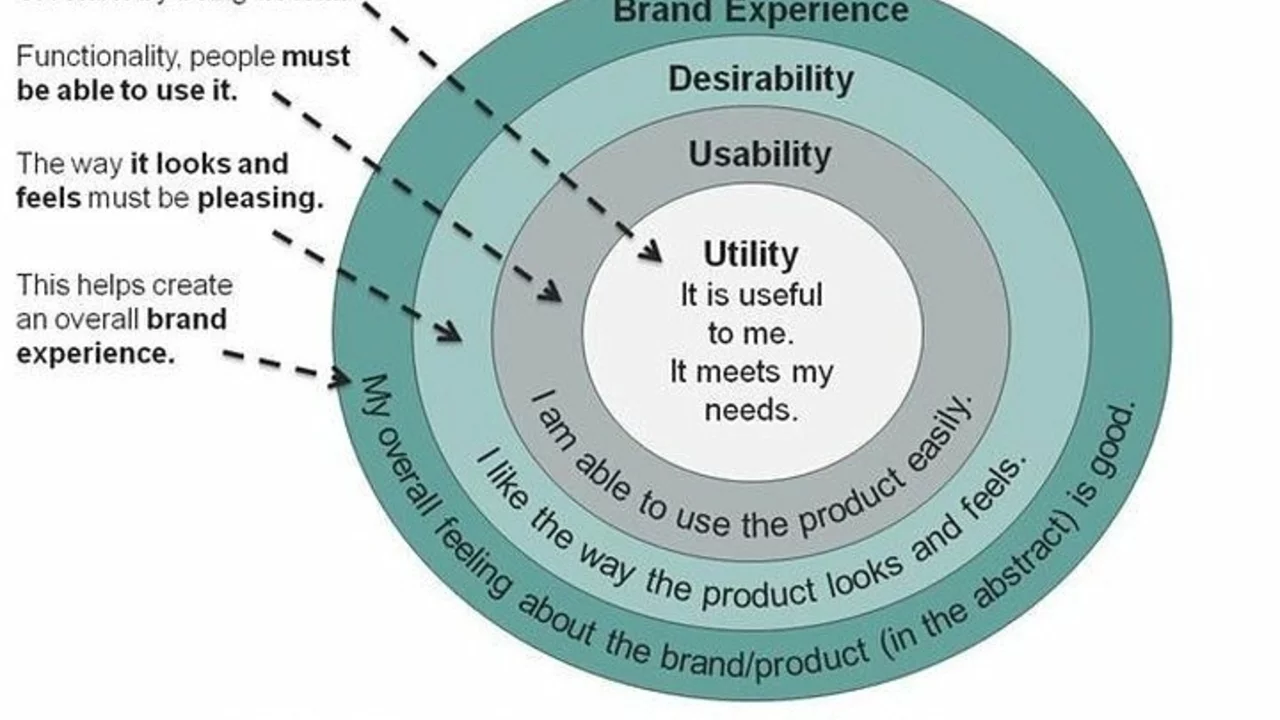
Website Quality: Why It Matters and How to Improve It
Ever landed on a site that loads forever or looks broken on your phone? That’s a red flag for poor website quality. Good quality isn’t just a fancy buzzword; it’s the difference between a visitor staying, buying, or bouncing right away. In this guide we’ll break down the main elements that make a site solid and give you simple steps you can apply today.
Key Factors That Define Quality
First, think of quality as a three‑part puzzle: performance, reliability, and user experience. Performance covers page‑load speed, image optimization, and server response time. A site that takes more than three seconds to appear loses a big chunk of traffic, so keep files light and use a CDN if you can.
Reliability is about uptime and security. Frequent downtimes damage trust, and a hacked site scares visitors away. Choose a hosting provider with a 99.9% SLA and set up regular backups and SSL certificates.
User experience (UX) ties everything together. Clear navigation, readable fonts, and mobile‑friendly layouts help users find what they need without frustration. Remember, most people browse on phones, so responsive design isn’t optional.
Practical Steps to Raise Your Site's Quality
Start with a speed test. Tools like Google PageSpeed Insights or GTmetrix give you a quick score and list fixes – think compressing images, leveraging browser caching, and minifying CSS/JS. Implement the top three recommendations first; you’ll already see a noticeable boost.
Next, audit your security. Install an SSL certificate (HTTPS) – it’s free from many hosts – and enable two‑factor authentication on your admin panels. Run a malware scanner weekly; it’s cheap insurance against nasty attacks.
For UX, run a quick walkthrough on your phone. Can you tap every button easily? Are headings clear? Use a tool like Hotjar to see where users click or get stuck, then tweak those spots.
Don’t forget SEO. Quality sites rank higher because search engines reward fast, secure, and user‑friendly pages. Add descriptive meta titles, concise meta descriptions, and proper heading tags (H1, H2, H3). Keep keyword stuffing out of the picture – write naturally for people, not robots.
Finally, set up ongoing monitoring. Services like UptimeRobot alert you the minute your site goes down, while Pingdom tracks speed over time. With alerts in place, you can address issues before visitors notice.
Improving website quality is a continuous habit, not a one‑time fix. By focusing on speed, security, and user experience, you’ll build trust, keep visitors longer, and boost conversions. Start with one small change today – maybe compress that hero image – and watch the impact grow.
